The Streets of Port Moody
The following is a guest post contributed by Amber Strocel of TheV3H.com
I have lived in the Port Moody area for a little over 6 years. My children were born here, and our family is happy to call this place home. As we head into the BC Day long weekend I thought I would do a little digging and learn more about the history of Port Moody, which is intertwined with the history of British Columbia.
The mainland colony of British Columbia was created in 1858 following the discovery of gold on the Thompson River. With prospectors flooding in from the United States, Governor James Douglas wanted to exert British control over the region. A colony was established and Lieutenant-Governor Richard Moody was appointed to oversee the creation of a capital city. New Westminster was chosen because it was considered easier to defend than Fort Langley, where the colony of British Columbia was originally declared. It fell to Moody to build the city of New Westminster with the Royal Engineers under his command.
In addition to establishing the capital the engineers, or sappers, built roads connecting the city to other regions. One of those roads was North Road, linking New Westminster to Burrard Inlet. The terminus of the road was named Port Moody, for Lieutenant-Governor Richard Moody. The road was meant to provide a supply route from military ships docked in Burrard Inlet to the capital at New Westminster. When their work was complete the Royal Engineers returned to England in 1863. However most of the sappers elected to stay, and they received land grants of 150 acres as compensation. John Murray and three others chose to receive land in Port Moody, although John Murray was the only one of the four who ever actually lived in the community.
Things changed quite suddenly for Port Moody in 1879 when the town was named as the western terminus of the Canadian Pacific Railway. Over the next few years land speculation became rampant and a town site was laid out. Murray’s son, John Jr., named the streets. He chose patriotic names such as Elgin Street for the Governor General of Canada and Queens Street for Queen Victoria. He also chose the names of family members. Jane Street was named for his mother, Kyle Street for his brother-in-law, Mary Street for his sister and Hugh Street for his brother. Clarke Street was named for his father’s partner Captain James A. Clarke and Murray Street was named for the whole Murray clan.
St. John’s Street and St. George Street actually received their names due to clerical errors. The streets were meant to be John Street for John Murray Sr. and George Street for John Jr.’s brother-in-law. However, for some reason instead of writing ‘John St.’ or ‘George St.’ on the survey he wrote ‘St. John’ and ‘St. George’. The result is the saintly names Port Moody residents are familiar with today. Rumour has it that when Vancouver archivist J.S. Matthews learned the street name he said, “Johnny Murray was no saint.”
Sadly for the land speculators their gamble in Port Moody didn’t pay off. Although the first Trans-Canada train pulled into Port Moody in 1886 the rail line was extended to Vancouver in 1887. Land values plummeted back to earth and fortunes were lost. Many investors were quite upset and went so far as to launch lawsuits, which were not successful. And so rather Vancouver became the largest urban centre in the province and Port Moody did not. The streets, however, still bear the names of the people who built the community and had high hopes for the region.
This post was written by Amber Strocel, who contributes to TheV3H.com along with her husband, Jon. Their blog highlights news and events in and around Port Moody and the Tri-Cities. You can also catch up with Amber’s musings on life and parenting at Strocel.com.




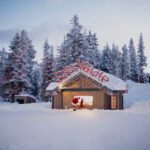
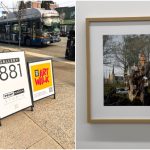

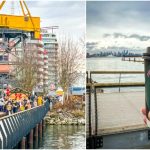
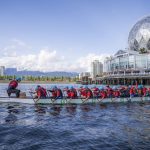



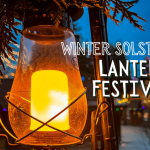
2 Comments — Comments Are Closed
[…] in BC and you’re interested in local history stop on by and check out what I had to say about the streets of Port Moody. AKPC_IDS += "5338,"; Love this? Share […]
[…] have a guest post up today on Miss 604! It’s called the Streets of Port Moody, and it talks about the history of our area and how the places we frequent got their names. So stop […]